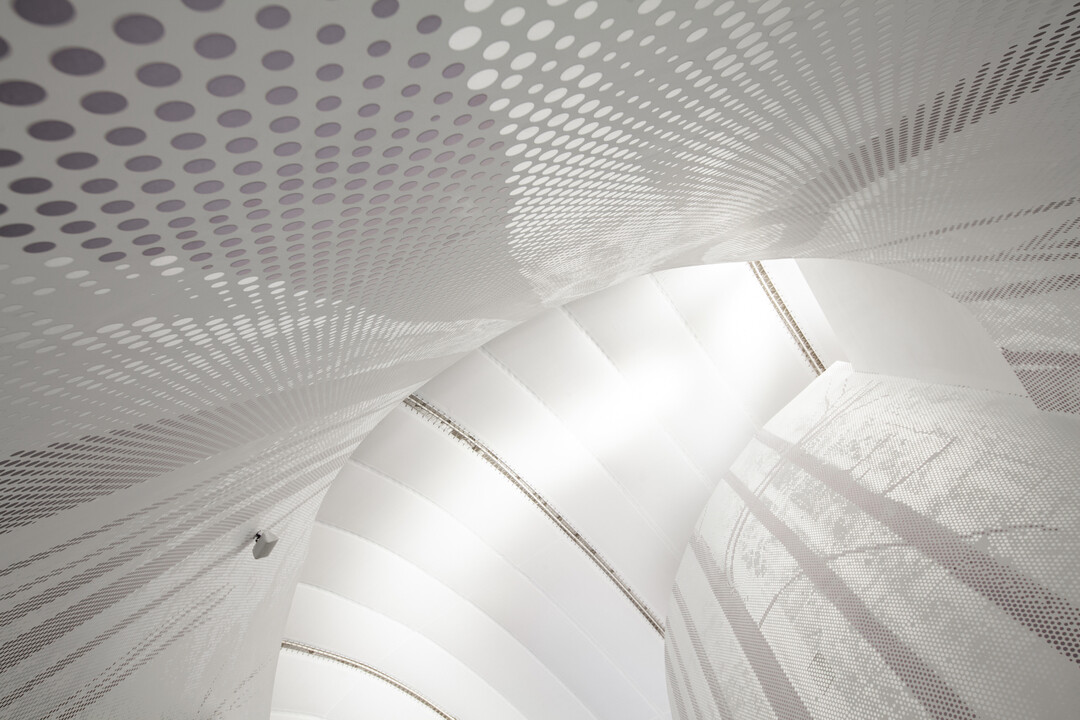
Members Only
Please join as a member and click "Members Only" to read more complete articles and exclusive content.

Please join as a member and click "Members Only" to read more complete articles and exclusive content.
電纜音樂工作室
電纜工作室(Kabelovna Studios)位於捷克布拉格市中心的赫爾修維采區(Holesovice),前身為電纜製造廠。這座工廠在一九〇八年興建,位於一八七〇年代的布拉格勞工聚集之地。後來,工廠附近發展蓬勃,街區的工業氣氛也保留下來。工作室的整體建築匯聚著多位藝術家:時尚設計師、畫家、網版印刷業者,最近還有錄音工作室進駐,營造出活力四射的創作環境。
此處展現的新概念,訴說著後製與音樂錄音環境的可能性:工作室連接真正的工業美學,靠著運用大型天窗與位置良好的玻璃隔間,引進自然光流動。之前工廠的磚牆修復之後,不僅與現代錄音室的隔音需求完美搭配,也和空間相得益彰。此外,牆體與隔音板的擴散性、五公尺高的斜屋頂都能互補。建築師深受此地的強烈特色與場所精神吸引,決定盡力凸顯。新的米色硬石膏地板統整了空間,讓牆面與其他原有的紋理與元素能成為視覺焦點。新增加的現代物品則採黑色,例如門或技術設備,也成為古董家具與客製化的燈具的背景。此一空間組織簡單、符合直覺。首先映入眼簾的是寬敞的會面廳,亦即工作室的客廳,是整座建築的重點所在。這裡有接待桌可迎賓,並有座位區、廚房區,而錄音間則在部分以玻璃構成的門後方。
「客廳」的主要特色是Bomma Orbital吊燈,幾盞吊燈飄浮在巨大的木桌上,進一步強化此空間的高度感。黑色牆面有植物自由蔓生,花盆被細心隱藏於牆內,而牆面讓客廳與整體建築的其他使用者分隔。每一間工作室都有專屬白色的錄音間。翻新過的家具與整體空間構成,營造出兼具啟發性與舒適感的氣氛。座椅區結合一九七〇年代的再生皮椅與皮革沙發。摺疊式座椅來自真正的戲院,現則放置在客廳,鼓勵更多賓客融入不可或缺的交流氣氛中。霓虹燈由建築師設計,呼應著工作室的機能。這麼一來,巨大溫暖的聲波能以視覺呈現,而燈光會在空間時移動時持續變化,成為工作室天花板的主要特色。這些細膩結構搭配每間工作室的霓虹燈數字裝飾,邀請藝術家來探索空間。